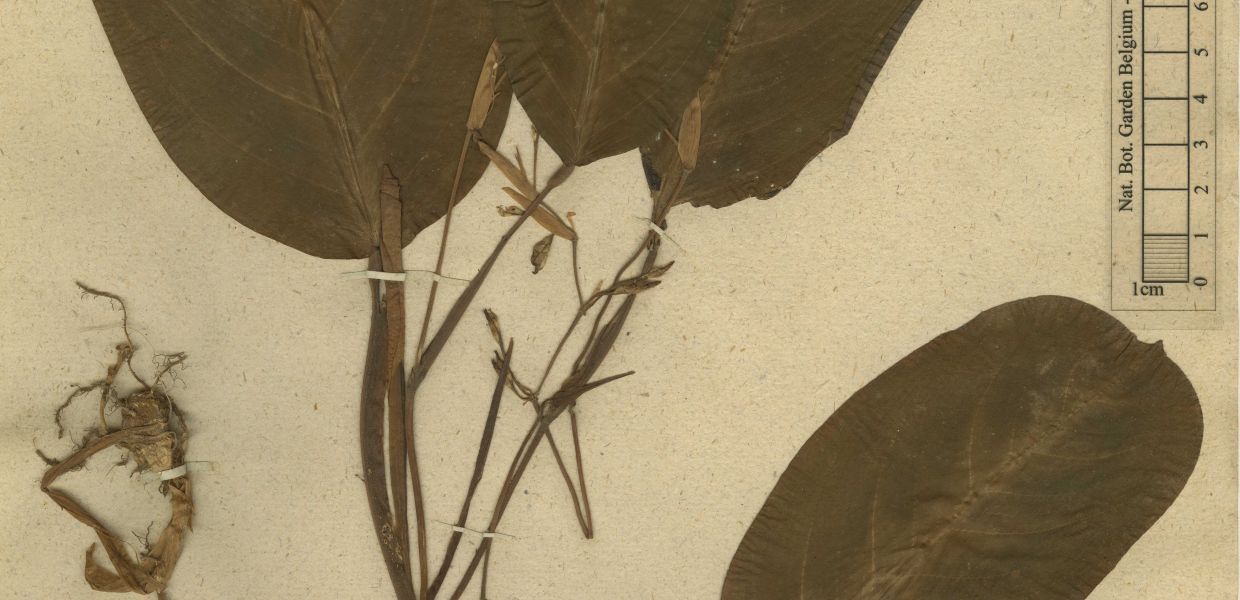The Access to Biological Collections Data (ABCD) Schema is a long-standing, evolving and comprehensive standard for the access to and exchange of data about specimens from natural history collections and field observations also known as primary biodiversity data. It is compatible with several existing data standards. The potential for the application of ABCD extends to internal networks, or in-house legacy data access. ABCD is also one of the several models that can be transformed and mapped to EDM by the OpenUp! aggregator. Content providers deliver their data in the ABCD(EFG) schema to OpenUp! using the BioCASe technology, making their content freely available on Europeana Collections.
ABCD is already foreseen to be the main standard for natural history collections used in both current and upcoming projects and research infrastructure initiatives in Europe.
What’s new?
So what has been improved with ABCD 3.0? Lots. A new XML Schema was developed and modifications were made regarding element reuse (simplification, more consistent naming, etc.). Requests from the community were also fulfilled and necessary harmonisation with the ABCD 3.0 ontology was achieved. Excitingly, it’s the first time that ABCD is described as XML and ontology. This increases the application and usage of the standard through semantic queries and serves as a basis for future developments of software and services in the semantic web environment. Additionally, different application schemata can be created that integrate elements from the ABCD ontology and more. This helps users to determine the most appropriate elements for the publication of their data.

Image: Miltitzia lutea (Hook. & Arn.) A. DC., Royal Botanic Garden Kew. Provider: OpenUp! License: Creative Commons Attribution 4.0For the first use case, an Application Schema for Zoological Collection Data was developed. This XML schema is a subset of ABCD 3.0 and only contains elements important for the publication and exchange of information describing zoological collection objects. Beside elements of general importance (e.g. contact person, holding institution), more specific elements like scientific name, preparation of the specimen or its developmental stage are also included. More Application Schemata are planned including ones for geoscientific collection objects including minerals/rocks, fossils and meteorites.
These changes and updates allowed ABCD to keep up with dynamic changes in the technological ecosystem. 20 years ago, ABCD was developed solely as a XML standard that was hierarchically structured with about 1,500 single elements. It was perfect for that time since XML is both human and machine readable. However, now there are new possibilities - single elements are addressable and concepts can be linked to other standards.
Community needs and feedback
During the time (2015-2019) ABCD 3.0 was developed, the team from the Botanical Garden and Botanical Museum Berlin and Museum für Naturkunde Berlin presented their plan at various conferences and organised workshops with different scientific communities. They were able to collect requirements for an appropriate data standard. The findings from these workshops were also used to revise single elements and create the Application Schemata. And, after the funding phase, both institutions will maintain the standard and work on new developments.
As not much time has passed since its release, ABCD 3.0 hasn’t received much feedback from the community yet. However, the responses regarding the new possibilities that it allows have been positive. The former version, ABCD 2.06, is a ratified TDWG standard (Biodiversity Information Standards). A ratification of ABCD 3.0 is planned for this year. In addition to an expert review, TDWG (Biodiversity Information Standards) runs a community review, through which everybody is invited to give feedback and ideas for improvement.
What’s next?
The future is bright for ABCD 3.0 and its role as the main standard for projects and research infrastructure initiatives in Europe. The team behind ABCD 3.0 hopes to work more closely with experts on other domain standards on particular topics such as earth science specimens and to have the ability to cite each others' elements correctly before creating new ones which is a big step towards more interoperable and interlinked natural history data, following the Linked Open Data principles.
To learn more about ABCD 3.0 you can find the Schema at abcd.tdwg.org/ and on GitHub.
If you’re interested in learning more about taxonomies for biodiversity data you can read Jörg Holetschek's post.



